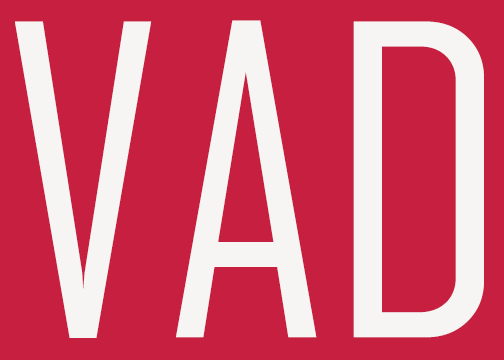|
Successful digital transformation requires an ICT infrastructure platform to provide solid support. With the continuous advance of technological innovation, what kind of ICT infrastructure platform should we consider, and how can we build such a platform efficiently? As new products, services, and technologies are emerging one after another, we will introduce four points: (1) a concept to choose truly important and necessary technologies, (2) how to streamline implementation, (3) how to build a roadmap to reach an ideal future state, and (4) the importance of sharing a grand design within the team. [Fujitsu Forum 2017 Seminar Report] The Need for ICT Infrastructure Platforms to Support Digital TransformationThere are three main flows we must grasp when talking about digital transformation: (1) digital business acceleration, which is increased by (2) the cloud shift and (3) the change among user departments in the company. Due to the cloud shift, the range of ICT use has expanded in recent years. The change among user departments is shown in the fact that the customer's line of business (LOB) and CXO have come to use ICT directly and independently. The key to this digital business (SoE) becoming a true movement and bringing success to customers is repeated integration with existing business (SoR) and creating new value. ICT infrastructure platforms support this integration of SoE and SoR. Fujitsu examines next-generation ICT infrastructure platforms from four perspectives: (1) service level, (2) security, (3) operation, and (4) considerations in cloud utilization. (1) Service level Service level defines criteria of cloud utilization and platform implementation from the perspective of infrastructure platform availability, such as recovery time objective and data recovery unit. (2) Security Security needs to be concerned from the perspective of "how to manage overall when everything is connected." In the digital age, the number of connected devices is increasing rapidly, so security has become increasingly important. (3) Operation Operation is required to define tasks, such as service desk and application monitoring. To assess the service details of each company and operational service and to ensure nothing is missing, there must be criteria to make such judgments. Fujitsu's operation tasks comply with ITIL and our proposals are based on them. (4) Considerations in cloud utilization Considerations in cloud utilization involve how we fulfill various requirements regarding performance, migration, security, etc. Assessment must be carried out from the perspective of whether cloud services satisfy the system requirements and whether the costs are appropriate. Fujitsu proposes a simple service menu based on these four perspectives. We have standardized our menu and made it easy to understand and select under the assumption that many departments will use it. We are now proposing our customers to customize the menu for their company and to choose the most suitable platform for each menu. For example, if your service level requirements and security requirements are not particularly high, we would suggest use of a public cloud. This menu helps evaluate needs efficiently. The Importance of Menu-based Integrated ManagementWhen evaluating the most suitable implementation style for a menu, most of our customers choose hybrid use of existing on-premise systems and cloud services. Operation of such hybrid environments must be managed properly. For example, with public clouds, it is important to manage various resources, including multi-vendors' services, and to show each of them to user departments as a choice of the menu. It is also important to prepare workflows for user application and to manage billing. Fujitsu has realized such an integrated management feature with the middleware "Cloud Services Management". I have talked about the importance of defining the solid concept as well as the importance of selecting technologies, solutions, and vendors based on the concept. Fujitsu offers the MetaArc Grand Design Service to plan and examine as well as build and implement such an ICT infrastructure platform. This service prepares a standard grand design that gives an overview of the customer's ICT environment, the steps for examination, and a specialist team to support the customer. In this process, Fujitsu provides the know-how that has been established through the numerous experiences, including in-house practices. Fujitsu offers best practices for solving the customer's problems. Here, I would introduce two customer case studies. A manufacturing customer was working towards full cloud adoption and achieving workstyle innovation. Meanwhile, they also had a mid-term plan with the goals such as achieving business differentiation, increasing cost competitiveness, and stabilizing revenue. They needed to prioritize their goals and organize milestones since some themes were difficult to achieve compatibility when the implementation is considered. Fujitsu created a grand design by first seeing the big picture and setting "public cloud utilization" and "achieving visualization of factories and work monitoring by PaaS in addition to IaaS" as the policy for the corporate common platform. Based on this roadmap, we are presently making additional proposals and working towards achieving the goals. The other case study is a customer who wants to build a cloud-first platform. This is a common case in which they were instructed by executives to utilize the cloud to cut costs. The customer did not have much time and so we started from vision planning to implementation and operation launch in three months. Fujitsu discussed with the customer about the overall purpose, such as the management goals set by executives. Fujitsu worked as a team with the customer to enable them to appeal the necessity of ICT measures with the clear relationship with the management goals. The team had six themes. As we proceeded with discussions, we considered the relationships among these themes and maintained their consistency. Fujitsu supported the customer through the process of clarifying what they wanted to do, examining which technologies could achieve their goals, and selecting the most appropriate solution. Our Digital Transformation Approach - ICT Infrastructure Platforms Supporting 8 Fields and 23 ThemesWe have structured Fujitsu's various digital transformation solutions into 8 fields and 23 themes. The 8 fields are Manufacturing, Maintenance, Mobility, Logistics, Digital Marketing, Food and Agriculture, Urban Infrastructure, and Work and Life Style. When evaluating themes, multiple themes are often considered in parallel. In such cases, the discussion becomes extremely complicated and the most suitable policy may become very difficult to find. To avoid this, Fujitsu can help customers find the most suitable style by applying our MetaArc Grand Design and showing the "ideal state" and roadmap. Fujitsu is looking forward to work with you. If you decide to build ICT infrastructure to support digital transformation, please contact Fujitsu, even if you are still in the evaluation stage. Thank you. to read the full story please visit: http://journal.jp.fujitsu.com/en/2017/06/07/01/
2 Comments
16/7/2022 10:45:15 am
When evaluating themes, multiple themes are often considered in parallel. In such cases, the discussion becomes extremely complicated and the most suitable policy may become very difficult to find. Good article thank you!
Reply
Leave a Reply. |
Archives
February 2024
Categories |
ServicesSales
Pre-sales Training Marketing Finance Logistics |
Company |
|
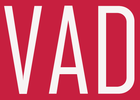
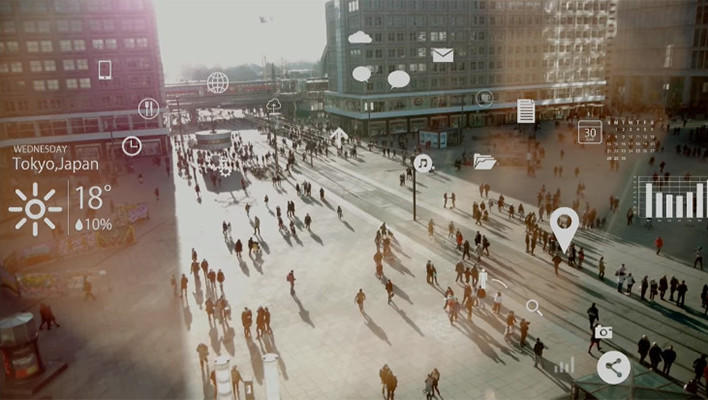
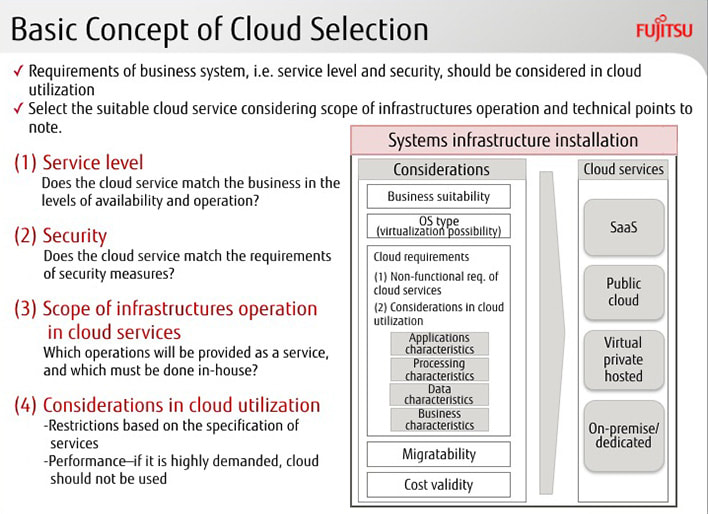
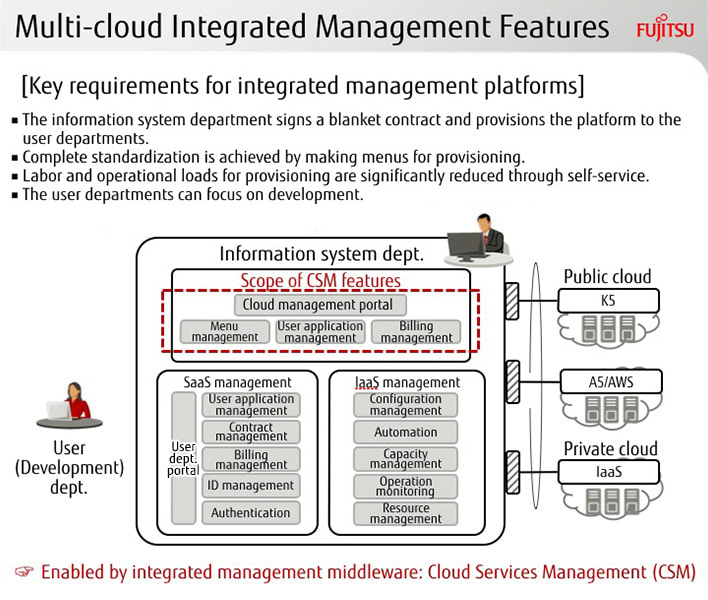
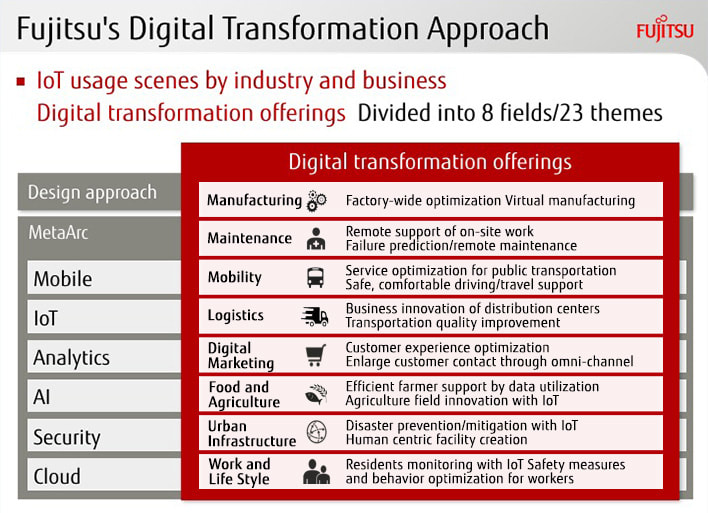

 RSS Feed
RSS Feed
